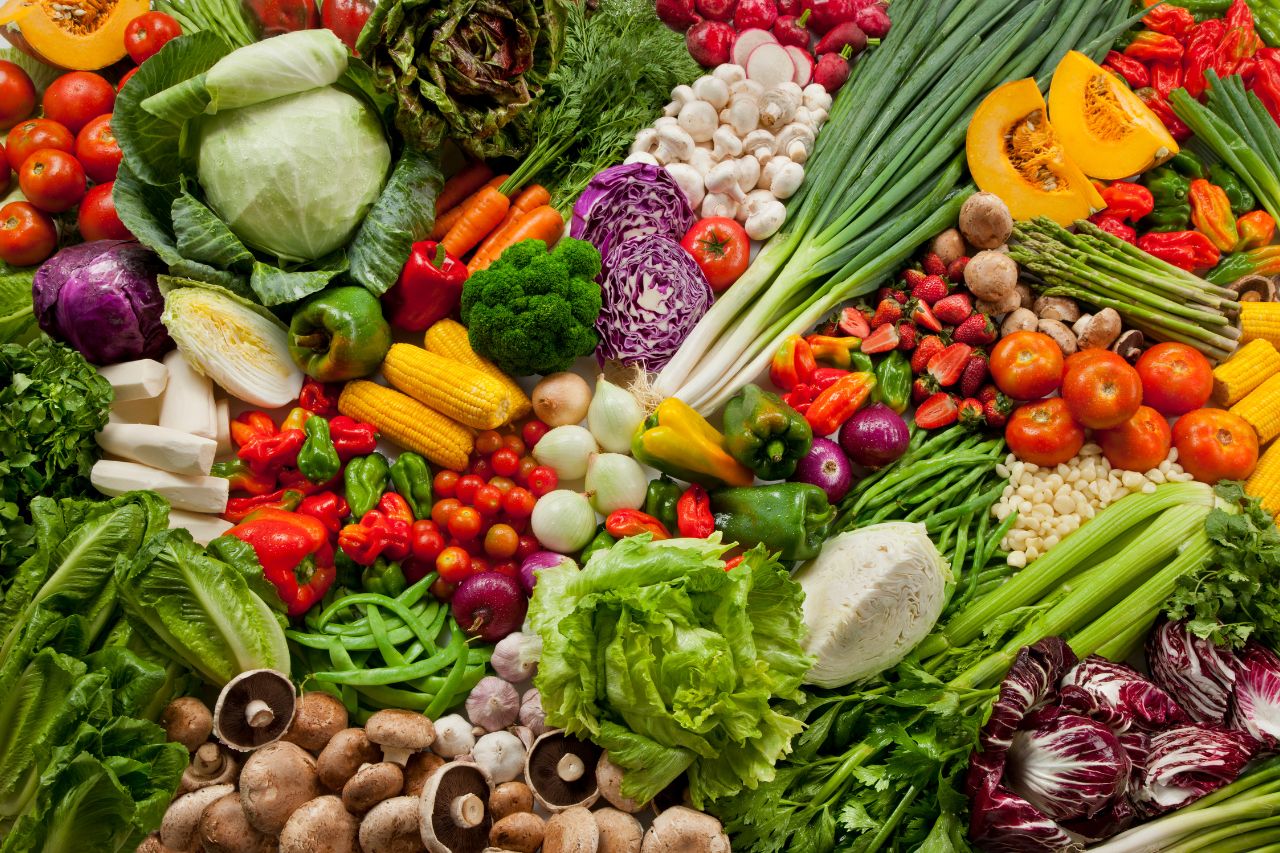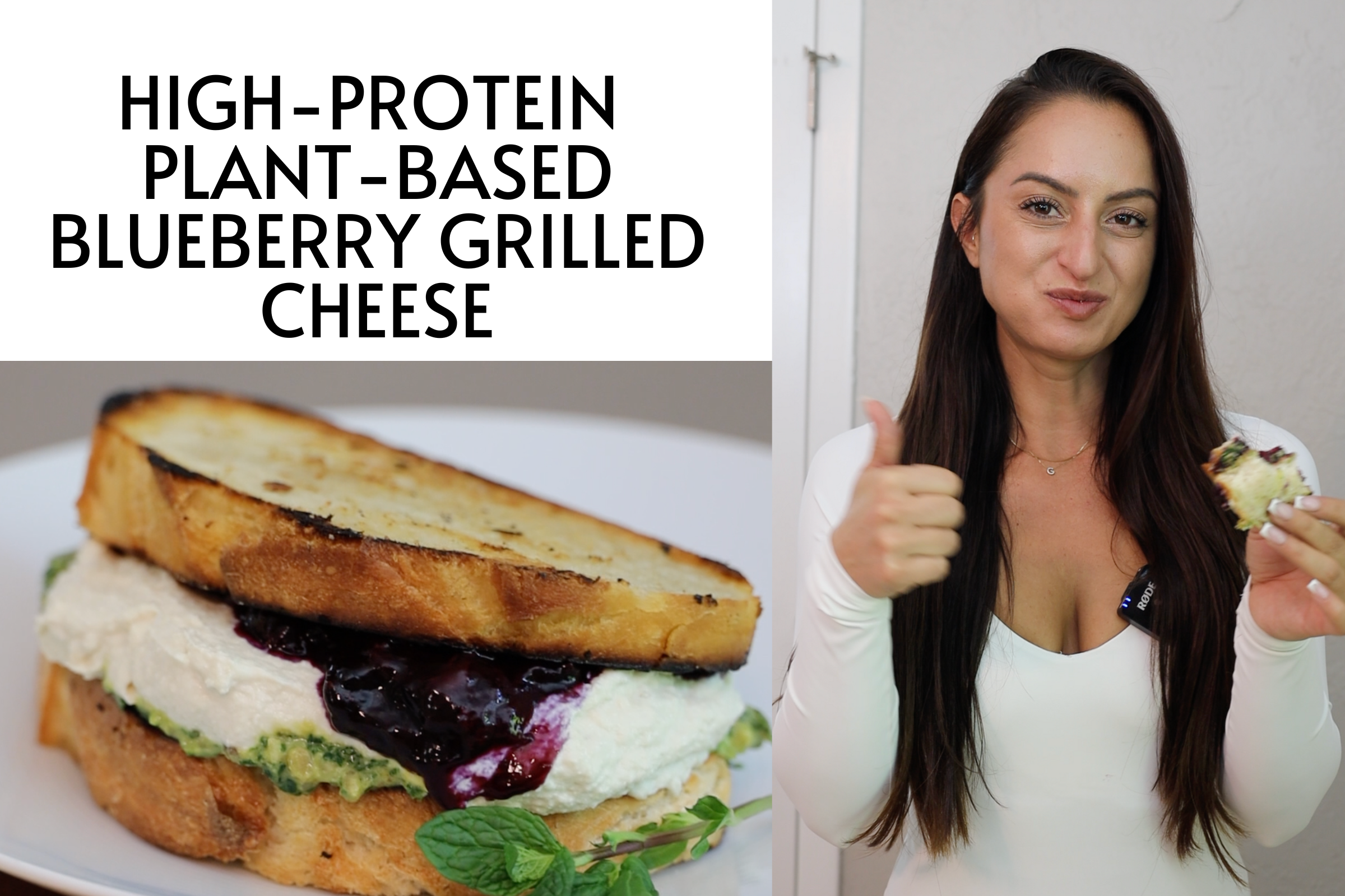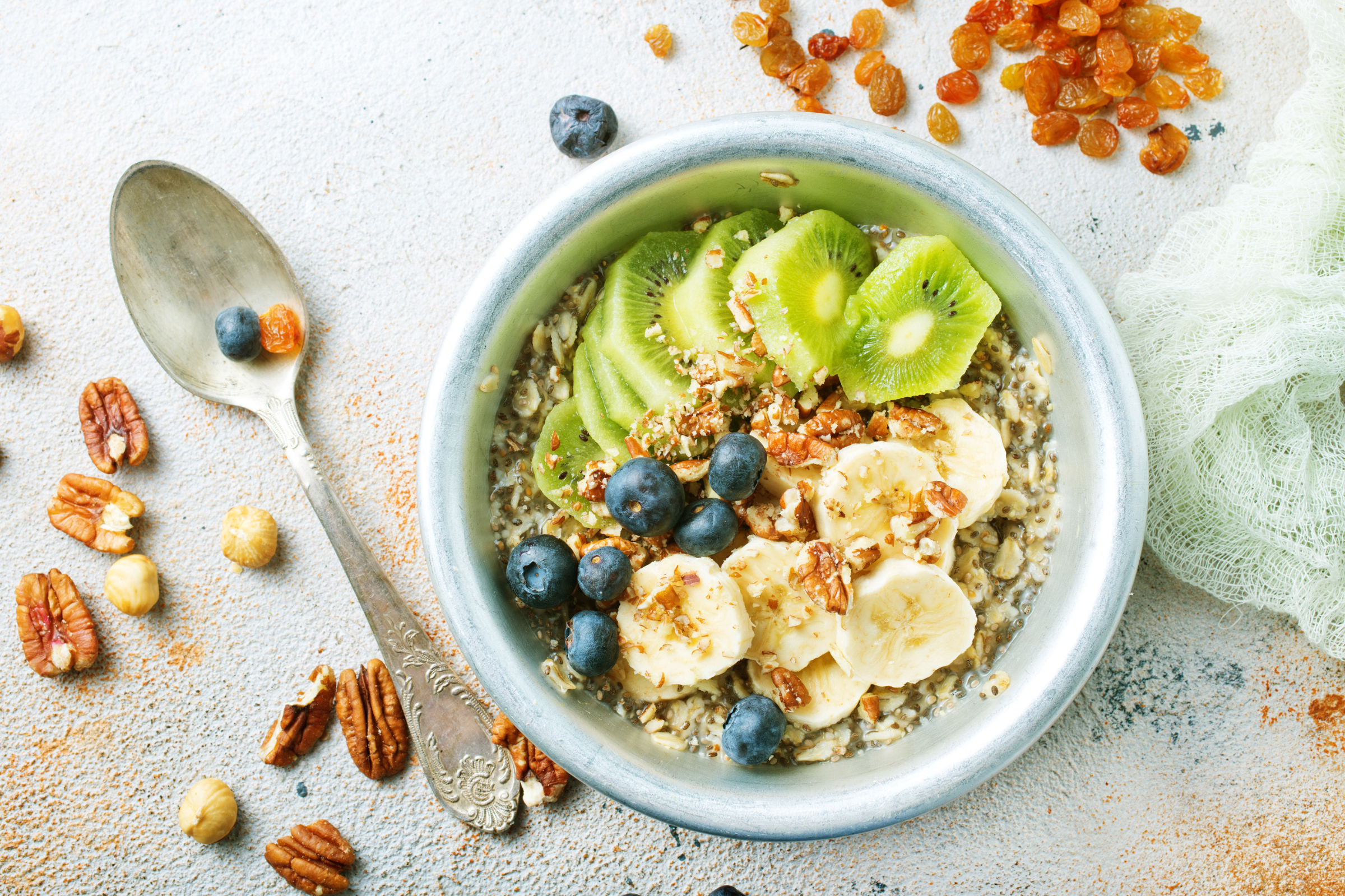Hey there, plant-curious friends! So, you’ve decided to give a plant-based diet a try—congratulations on taking a fantastic step toward better health, a happier planet, and more mindful eating. Whether your goal is to improve your well-being, help the environment, or just experiment with more plant-based meals, the transition doesn’t have to be overwhelming. With the right approach, you can ease into this new lifestyle with confidence. Here’s how to make the switch smoothly and successfully.
Before we start, many items, snacks, and kitchen supplies that I mention here can be found on my “Gia’s Favorite Products” Blog, make sure to check that out!
1. Start Slow and Set Realistic Goals
One of the best ways to transition to a plant-based diet is to take it step by step. You don’t need to go 100% plant-based overnight. Start by setting small, realistic goals that fit your lifestyle. For example:
- Begin by incorporating one plant-based meal per day or designating a couple of days each week as “Meatless Mondays.”
- Replace one food group at a time. For example, swap out cow’s milk for almond, oat, or soy milk.
- Set a weekly goal to try new plant-based recipes and ingredients to expand your options gradually.
The key is to make changes that you can sustain in the long term without feeling deprived or overwhelmed.
2. Focus on Whole Foods
As you shift to a plant-based diet, try to focus on whole, minimally processed foods. These include:
- Vegetables: Leafy greens, root vegetables, cruciferous vegetables like broccoli and cauliflower.
- Fruits: Berries, citrus fruits, bananas, apples, and stone fruits like peaches.
- Whole Grains: Quinoa, brown rice, oats, barley, and farro.
- Legumes: Lentils, beans (black beans, kidney beans, chickpeas), and peas.
- Nuts and Seeds: Almonds, chia seeds, flaxseeds, hemp seeds, and walnuts.
Whole foods are rich in nutrients, fiber, and antioxidants, and will provide you with the energy and nutrients needed to feel your best on a plant-based diet.
3. Experiment with Plant-Based Protein Sources
Protein is a common concern for those transitioning to a plant-based diet, but the good news is that there are plenty of protein-rich options. Try incorporating:
- Tofu and Tempeh: Versatile soy-based proteins that can be used in stir-fries, salads, and sandwiches.
- Legumes: Lentils, black beans, chickpeas, and split peas are not only protein-packed but also great sources of fiber.
- Quinoa and Amaranth: These grains are complete proteins, meaning they contain all nine essential amino acids.
- Nuts and Seeds: Add almonds, hemp seeds, chia seeds, or peanut butter to your meals for an extra protein boost.
- Plant-Based Protein Powders: If you’re active or looking to bulk up, protein powders made from peas, brown rice, or hemp can easily be added to smoothies or oatmeal.
Start experimenting with these ingredients in your meals. A chickpea salad, lentil curry, or tofu stir-fry can be a delicious introduction to plant-based proteins.
4. Plan Your Meals and Snacks
Meal planning is essential to make the plant-based transition smoother and more sustainable. It’ll help you avoid the temptation of reaching for non-plant-based convenience foods. Here’s how to get started:
- Plan Your Meals for the Week: Choose recipes you’re excited to try and make a shopping list of ingredients you need.
- Batch Cook: Prepare large batches of soups, stews, grain bowls, or stir-fries that you can store in the fridge or freezer for quick meals throughout the week.
- Keep Snacks on Hand: Have plant-based snacks like hummus and veggie sticks, roasted chickpeas, trail mix, or fruit ready when hunger strikes.
Having meals and snacks planned and prepped helps you stay consistent and makes it easier to stick with your new plant-based diet.
5. Don’t Worry About Perfection
It’s easy to feel pressured to “do it perfectly,” but there’s no such thing as perfection when transitioning to a plant-based diet. You might slip up, feel confused about what to eat, or find yourself in situations where your options are limited. And that’s OK!
Remember, this transition is a journey. It’s perfectly fine to still enjoy the foods you love, even if they include animal products, while working toward your plant-based goals. It’s more about progress than perfection. Any step toward incorporating more plant-based meals is a positive one!
6. Stay Nutritionally Balanced
While a plant-based diet can be rich in nutrients, there are a few key nutrients you’ll want to pay attention to as you transition. These include:
- Vitamin B12: Since B12 is primarily found in animal products, it’s important to take a B12 supplement or eat fortified foods like plant-based milks and cereals.
- Iron: Plant-based sources of iron (such as lentils, spinach, and tofu) are not absorbed as efficiently as iron from animal products. Pair iron-rich foods with vitamin C (like bell peppers or citrus fruits) to improve absorption.
- Calcium: Include calcium-rich plant foods like fortified plant milks, tofu, almonds, and leafy greens.
- Omega-3 Fatty Acids: Get your omega-3s from sources like flaxseeds, chia seeds, walnuts, or algae-based supplements.
By staying mindful of these nutrients, you can ensure you’re getting all the vitamins and minerals your body needs to thrive on a plant-based diet.
7. Can I Be Plant-Based and Still Eat Meat?
Yes, you can! Being plant-based doesn’t mean you have to completely eliminate meat or animal products. A plant-based diet is more about making plant foods the center of your meals while reducing your intake of animal products. Some people choose to be “flexitarian” or “semi-vegetarian,” where they primarily eat plant-based but still include occasional meat, fish, or dairy.
If you’re not ready to give up meat completely, try reducing your consumption by making it a smaller portion of your plate or choosing one or two days a week to go entirely plant-based. Every little step counts toward a healthier lifestyle!
8. Get Creative in the Kitchen
One of the best parts of transitioning to a plant-based diet is discovering new and exciting flavors! This is a great opportunity to experiment with new spices, herbs, and cooking methods to create delicious plant-based meals. Some ideas:
- Roast Your Vegetables: Roasting brings out the natural sweetness and flavor of vegetables like sweet potatoes, carrots, and Brussels sprouts.
- Try New Spices: Play with spices like turmeric, cumin, smoked paprika, and fresh herbs to elevate the flavor of your dishes.
- Swap Ingredients: Use chickpeas in place of meat in curries or tacos, or make a creamy sauce with cashews instead of dairy.
The more you experiment, the more you’ll find how versatile and flavorful plant-based cooking can be.
9. Find Support and Inspiration
Making dietary changes is always easier with support. Whether it’s joining a plant-based community online, following plant-based food bloggers, or inviting a friend to try it with you, having support can keep you motivated. Find inspiration from:
- Plant-Based Cookbooks: Try out new recipes to keep things fun and exciting.
- Social Media: Follow plant-based influencers, chefs, and nutritionists for meal ideas and tips. You can check out my socials here: Instagram, Facebook, and YouTube here!
- Documentaries: Watch documentaries like Forks Over Knives or The Game Changers to learn more about the benefits of plant-based living.
Conclusion
Transitioning to a plant-based diet is an exciting journey that can positively impact your health, the environment, and your connection to food. Remember to take it slow, plan your meals, and focus on whole, nutritious foods. Don’t stress over perfection—just enjoy the process of exploring new foods, flavors, and ways to nourish your body. Whether you go fully plant-based or simply incorporate more plant-based meals into your routine, every step you take is a step toward better health and well-being.
Thinking of switching to plant-based but want some one-on-one guidance? Send me a message!






